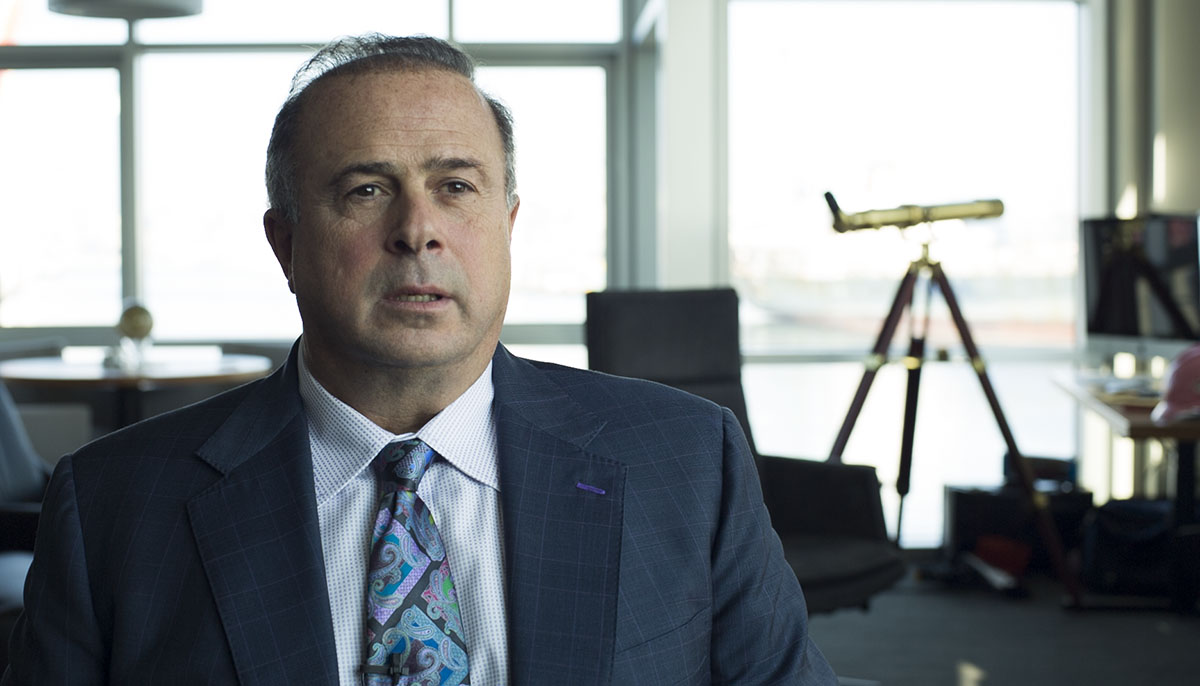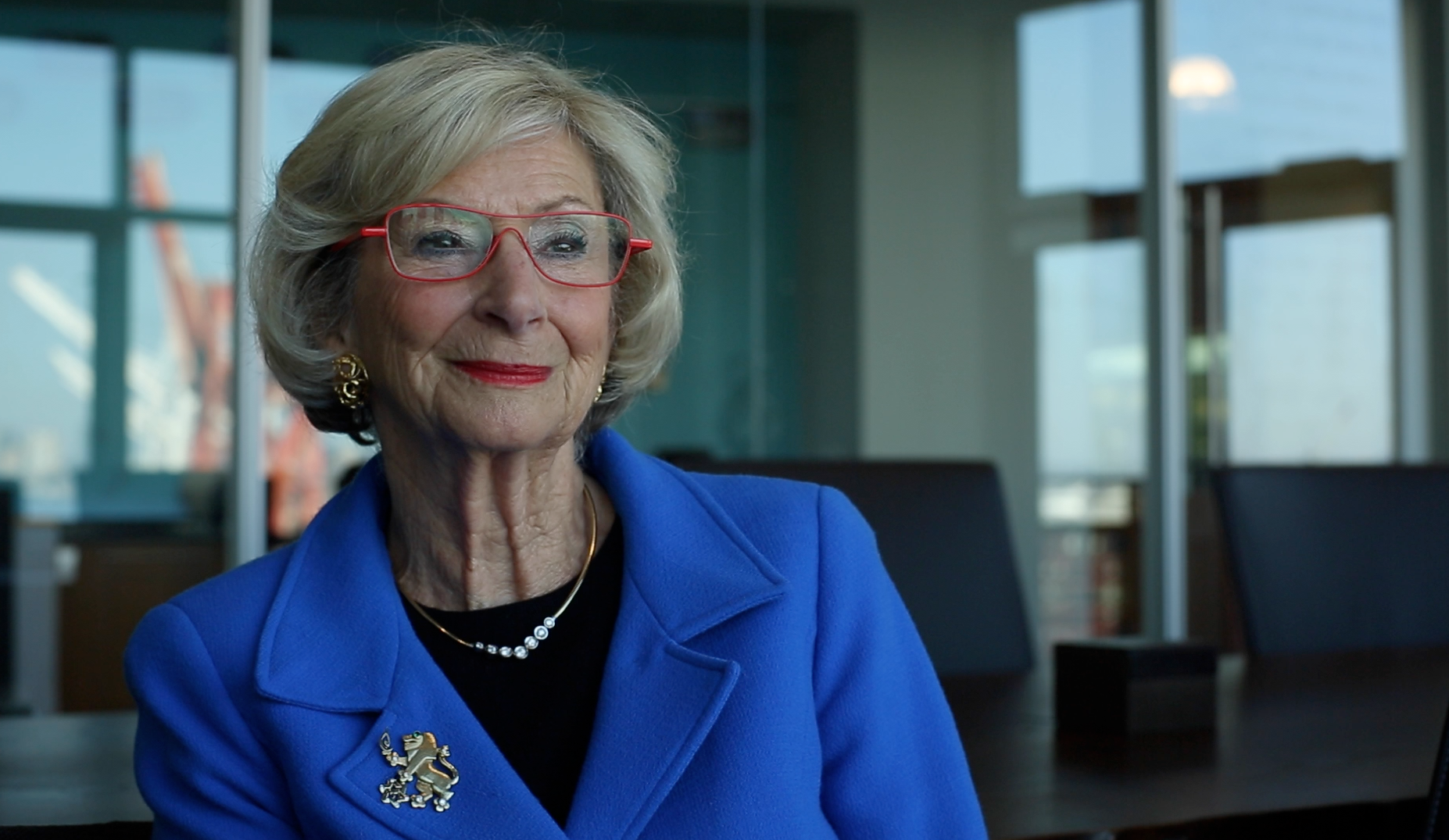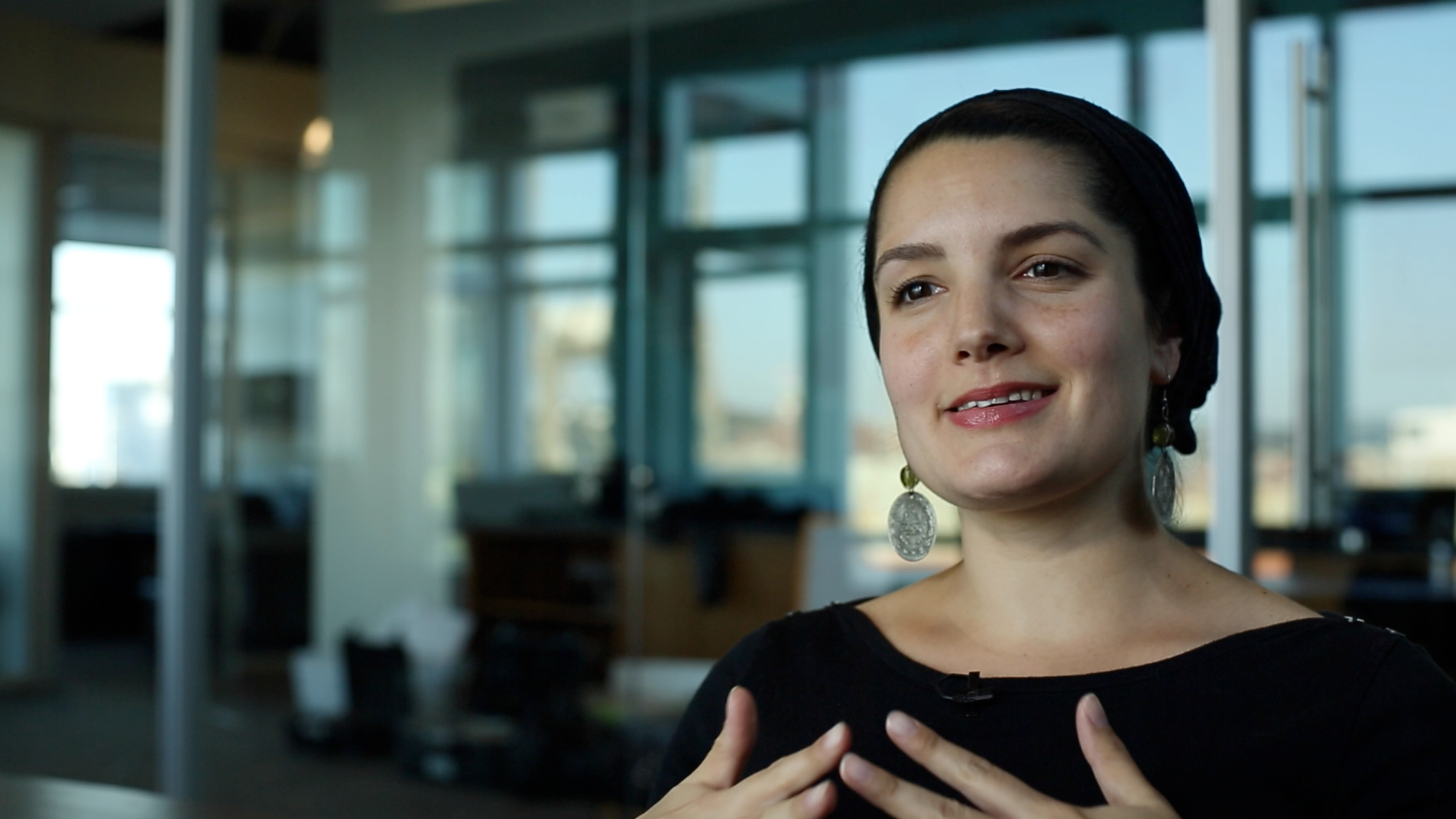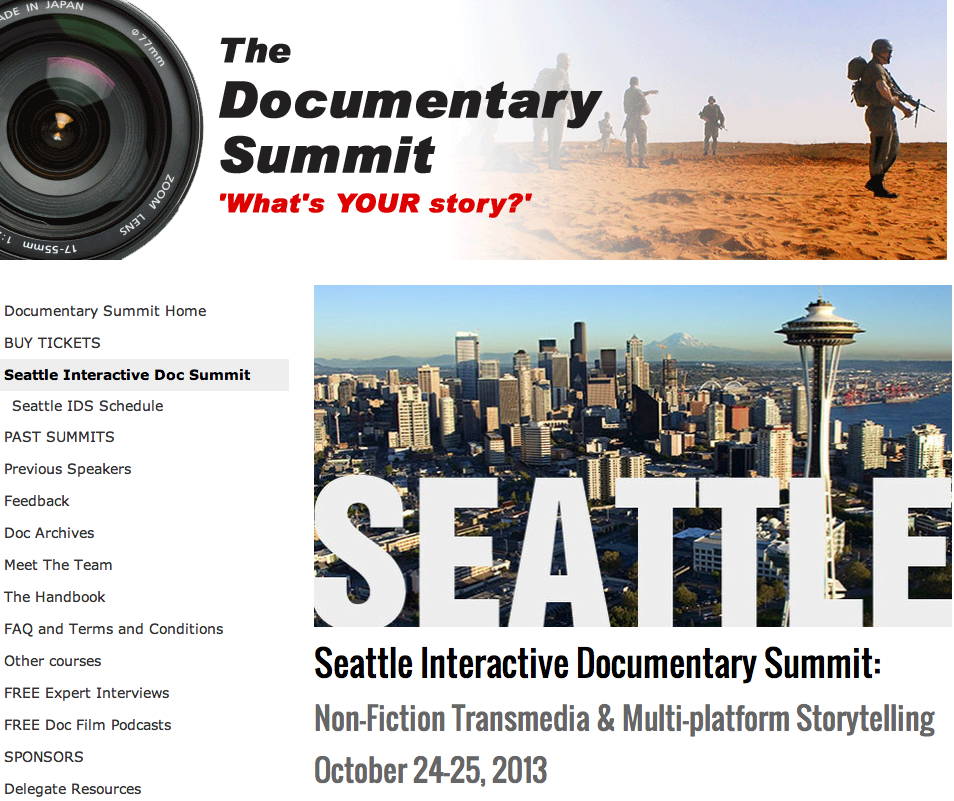Yesterday I shot some interviews in a modern office building that had tons of big beautiful window light. Having all that natural light makes for an excellent interview setup, but it comes with a few challenges, too. Here’s a tip I’ve learned to help you work with the light, rather than against it – using just the available light (and an optional small LED light).
I love the look of light emanating from behind a subject. It just adds so much life to a talking head. So I always try to place my subject with window light behind them. This works best when you are in a corner that has windows on two sides: the window light coming behind them makes the background come alive, and the window beside provides the key light. The challenge is that the background window is always going to blow out, because it’s much brighter than the light reflected on the subject (assuming we’re ruling out direct sunlight, which I generally avoid for interviews because it moves during the interview, making it impossible to cut without continuity problems).
The simplest solution to this challenge is simply to let the background blow out altogether. This can work very well in some cases. Yesterday, for example, I shot this executive in his corner office bathed in window light:

I think this approach can work extremely well. We don’t really need to see detail in that background, which might distract from the subject anyway. But what if you WANT to see detail in the background?
Applying ND to every inch of window is impractical (not to mention very expensive). You could pack a powerful light, probably at least a 1k, and use that to key the subject. But if you’re in a modern conference room that has glass walls on all sides, there is a simple way to solve this problem. Instead of positioning the subject with their back to the window, position them facing the window, so that you’re now shooting the light reflected in the glass wall behind them. This magically brings the light into near perfect balance, like so:

You have to have the subject pretty close to the window to get the light level high enough, though. This makes it awkward for you to fit yourself and your camera into the small space remaining. Putting the subject further back in the room means they are underexposed. What to do?
This is where a small, hard light like the amazing Torch Bolt LED from Switronix comes in for the win. In the frame grab below, I’m using the Bolt to just bring up and slightly warm her face (by dialing just a bit of tungsten light with the 5600k). Mixing this hard source with the natural window light adds a lovely effect, in my view, while keeping the light looking natural and soft.

Can you see the subtle difference in the skin color in the two women above? I didn’t use the light on the woman in blue, and she looks much cooler and isn’t separated as well, because she’s lit with blue light coming in the window. I will be using my Torch next time!
So there you have it. One last thing to keep in mind: you have to watch out for reflections in the glass behind the subject. This means shooting at an angle, and making sure the subject is not too close to the glass wall behind them, or you will see their shadow in it.
Camera: Canon 5dmkiii
Lens: Zeiss 50mm f/1.7



